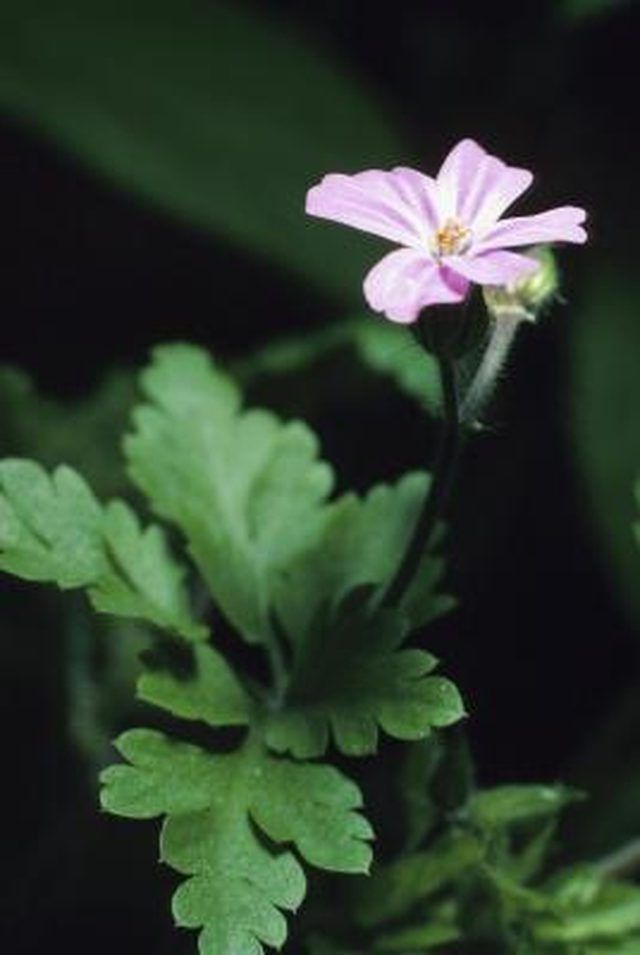Bulbs
Flower Basics
Flower Beds & Specialty Gardens
Flower Garden
Garden Furniture
Garden Gnomes
Garden Seeds
Garden Sheds
Garden Statues
Garden Tools & Supplies
Gardening Basics
Green & Organic
Groundcovers & Vines
Growing Annuals
Growing Basil
Growing Beans
Growing Berries
Growing Blueberries
Growing Cactus
Growing Corn
Growing Cotton
Growing Edibles
Growing Flowers
Growing Garlic
Growing Grapes
Growing Grass
Growing Herbs
Growing Jasmine
Growing Mint
Growing Mushrooms
Orchids
Growing Peanuts
Growing Perennials
Growing Plants
Growing Rosemary
Growing Roses
Growing Strawberries
Growing Sunflowers
Growing Thyme
Growing Tomatoes
Growing Tulips
Growing Vegetables
Herb Basics
Herb Garden
Indoor Growing
Landscaping Basics
Landscaping Patios
Landscaping Plants
Landscaping Shrubs
Landscaping Trees
Landscaping Walks & Pathways
Lawn Basics
Lawn Maintenance
Lawn Mowers
Lawn Ornaments
Lawn Planting
Lawn Tools
Outdoor Growing
Overall Landscape Planning
Pests, Weeds & Problems
Plant Basics
Rock Garden
Rose Garden
Shrubs
Soil
Specialty Gardens
Trees
Vegetable Garden
Yard Maintenance
Facts of Wild Geraniums
Facts of Wild Geraniums. Many people hearing the word "geranium," think of the common window box and bedding varieties. These are actually pelargoniums. While they are part of the Geraniaceae---or Geranium---family, they are not geraniums. True geraniums grow wild in many parts of the world, from mountainous regions to the tropics.

Many people hearing the word "geranium," think of the common window box and bedding varieties. These are actually pelargoniums. While they are part of the Geraniaceae---or Geranium---family, they are not geraniums. True geraniums grow wild in many parts of the world, from mountainous regions to the tropics.
Appearance
Geraniums are usually branched plants with lobed or dissected leaves.The flowers, which can be white, rose, mauve, purple or shades of pink, are most often simple, with five petals each. The blooms sometimes have veins in a contrasting color. A few species, like the Eurasian Geranium platypetalum, feature double flowers.
Names
Wild geranium species have acquired many nicknames, the most prominent of which is "cranesbill." The nickname is derived from the shape of the seedhead, which is bulbous on one end and tapers to a point on the other, resembling the beaked head of a crane.
American Natives
Some geranium species are native to North America. Among them is Geranium maculatum, or spotted cranesbill, which has pink flowers. Geranium robertianum, also called "Herb Robert," is found in eastern and central North America. It produces small pink flowers, fern-like leaves and distinctive red stems.
Family Members
Wild geranium species are the parents of many well-known hardy geranium varieties. Bevan's Variety, for example, is a cultivar of the European Geranium macrorhizum, which features pink flowers and apple-scented leaves. Geranium maculatum is a parent of the popular Johnson's Blue hardy geranium.